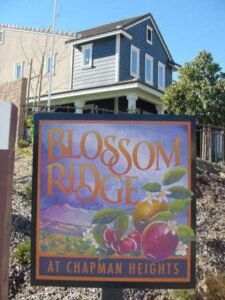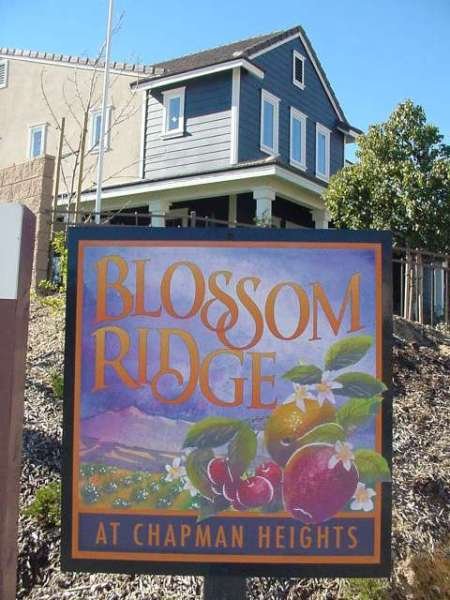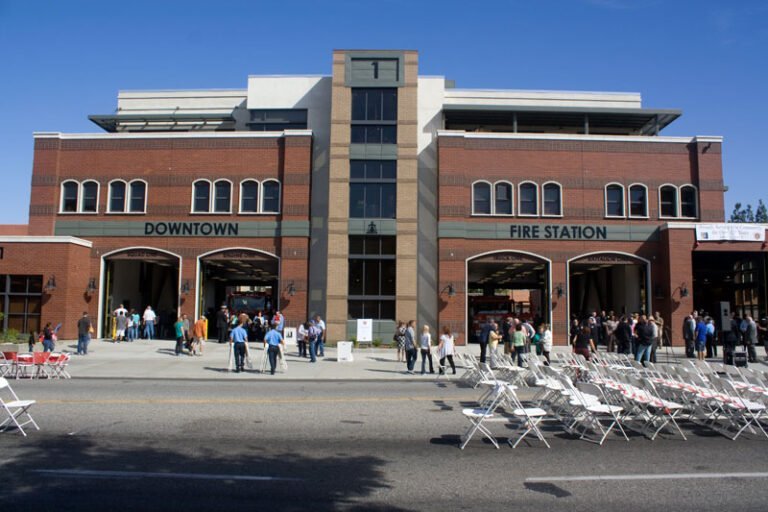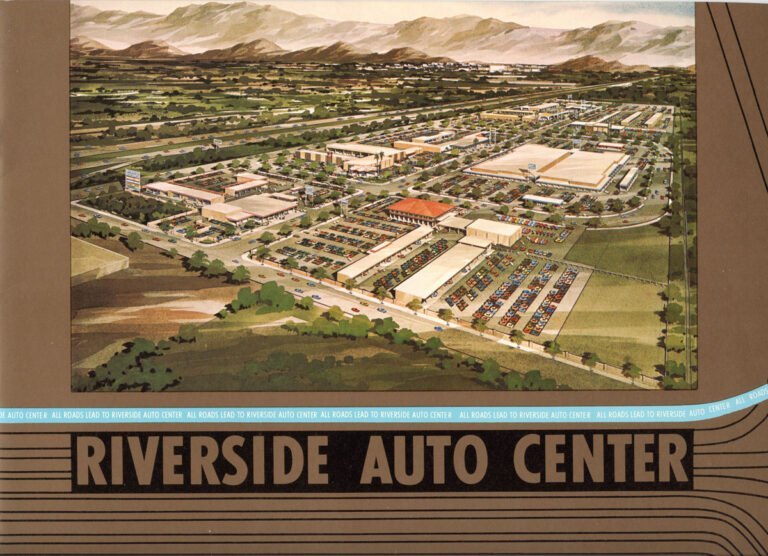Superfluous suburban names
A recent posting at DenverInfill Blog regarding the various marketing ploys behind the naming of new residential subdivisions caught our eye, if only because the phenomenon described, er panned, indeed is quite evident here within Inland Southern California.

In today’s “image is everything” marketing world, the need for new housing developments to have catchy names and/or slogans — particularly ones that conjure paradise — is nothing if not a requisite. And nowhere is this probably more necessary or evident than in California itself, wherein the need to be glamorous, hip, exclusive, etc., — even if in perception only — is indeed paramount. (Thanks, Hollywood.)
In the recent past, a simple nature-based name — Eagle Glen — worked fine. However, these days that same housing tract now needs to conjure up exclusivity as well — The Retreat at Eagle Glen. (DenverInfill even includes a handy-dandy chart with hundreds of possibilities for those wishing to conjure up their own dreamy subdivision paradise.)
Fortunately, this recent trend of “exclusivity” will likely collapse upon itself as eventually every subdivision will become so exclusive in name that the actual exclusivity will lose any real meaning. (Though, we suppose the next logical evolution in naming convention could simply build upon existing style, thereby giving us super-exclusive tract names such as “The Lavender Hills Private Collection within The Retreat at Eagle Glen.” We shudder to think.)
Which brings us around to a related item previously posted here back in March 2005 – Life outside city limits.
It seems the City of Corona was getting service inquiries from residents of a new master-planned housing development branded as “The Corona Valley.” Except these residents did not actually live within Corona proper, but in fact in a nearby unincorporated area of Riverside County. Yet, thanks to the clever marketing technique employed by the developer in using the better recognized — and somewhat more desirable — “Corona” moniker, many residents of the new tract simply assumed they lived in Corona. (2024 Update: The unincorporated area became the city of Eastvale in 2010.)
Such is the life in what DenverInfill terms as today’s “fabulously fake” subdivisions.
Related
- DenverInfill.com
Previous
RaincrossSquare.com – Life outside city limits (March 2005)
2024 PAGE UPDATE: Removed outdated links to DenverInfill blog.




This article is great! And now developers want to ensure the name sticks, so they put the logo and the name on the block wall, or to be more exclusive, the block wall outside the gates that lead to the lavender hills within the retreat. Where I live, the original names of the development have been forgotten. They were only used when the communities were being built — Manzanita, Emerald Ridge, Summit Pointe. And no, our street names do not have the development name in them. Thank god!
Indeed, most of the tract names simply fall by the wayside at some point. Having been a high-growth area for a number of years, Inland Southern California is littered with long-forgotten tract names.
And, to DenverInfill’s point, probably the most disturbing aspect of today’s tract naming is not only the amount of liberty taken with regards to the name/imagery itself, but the recent trend of promoting the “exclusivity” — real or perceived — of such said tracts.